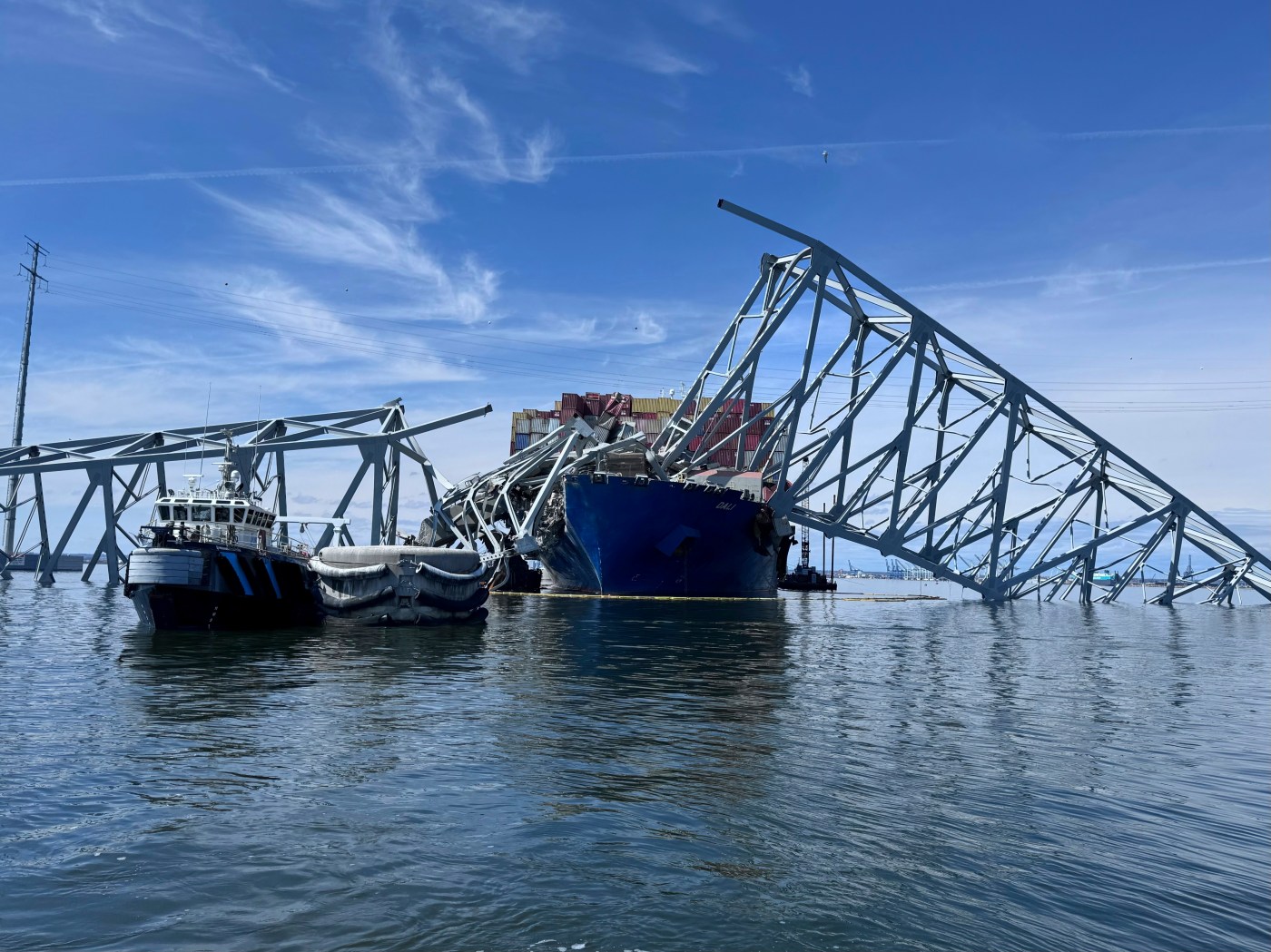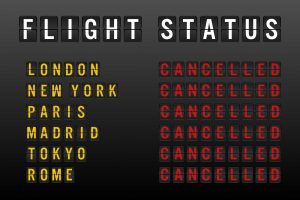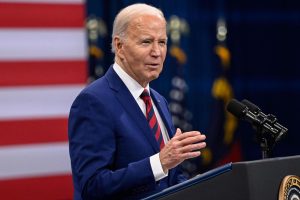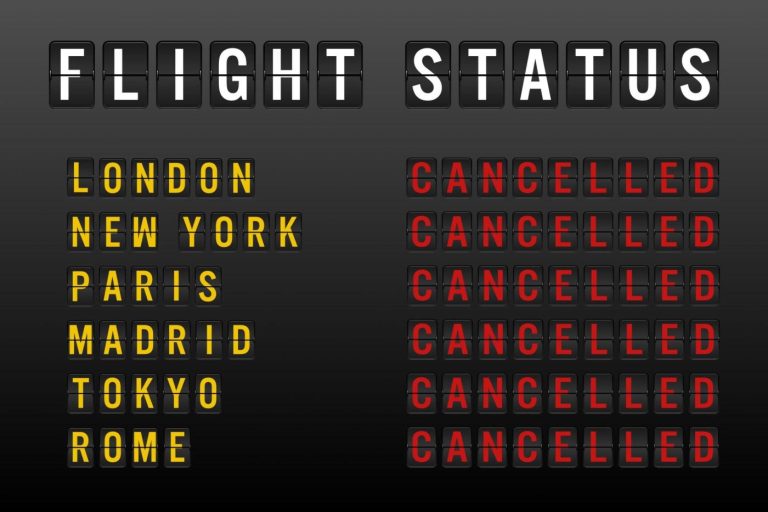Soon after a huge container ship struck Baltimore’s Francis Scott Key Bridge, bringing it down, President Joe Biden pledged that the federal government would “pay the entire cost of reconstructing” the bridge. This would clearly be the right thing to do, not just to help the state of Maryland but also to limit the economic damage from a disaster that has blocked both a major road artery and a major port. Among other things, the Port of Baltimore plays a key role in both exports of coal and trade in farm and construction equipment, so the bridge disaster will have direct adverse effects on the heartland as well as the East Coast.
And if America were still the same country that enacted the Federal-Aid Highway Act of 1956 — passed with overwhelming bipartisan support in Congress and signed into law by a Republican president — which gave rise to our Interstate System, there would be little question that Congress would approve funding soon after it returns from Easter recess.
But we aren’t that country anymore. Biden will probably be able to get funds for rebuilding, but it’s by no means a sure thing.
Lessons from Minnesota
The rise of MAGA Republicans is only part of the problem. I’ve seen several people citing the response to the 2007 collapse of the Interstate 35W bridge in Minnesota as an example of what things were like in a better political era. Indeed, within days, Congress voted unanimously to provide $250 million in aid.
But that was a one-off. The Minnesota bridge collapse highlighted the decaying state of America’s infrastructure, and one might have expected the disaster to lead to real action, but it didn’t. President Barack Obama pleaded with Congress to approve broad increases in infrastructure spending and was able to sign a highway funding bill in 2015, but for the most part he was stymied by GOP opposition. As president, Donald Trump repeatedly promised to revamp America’s infrastructure — “it’s infrastructure week” became a running joke — but never delivered.
Major action on infrastructure didn’t happen until late 2021 with the enactment of the Bipartisan Infrastructure Law — which, despite the name, received only 13 Republican votes in the House. And that was with Democrats in full control of Congress. It’s not foolish to worry that MAGA hard-liners will block aid to Maryland in much the same way that they’ve blocked aid to Ukraine.
But, again, MAGA is only part of the problem. Let’s talk for a minute about why it took 14 years after the Minnesota bridge collapse for us to finally take major action on infrastructure.
Extreme partisanship, which took hold long before Trump took control of the GOP, is part of the answer. It was clear through most of the Obama years that Republicans wanted to prevent good things from happening on a Democratic president’s watch. Under Obama, GOP legislators squeezed federal spending after they took control of the House, supposedly because they were worried about government debt, only to open up the taps once Trump took office.
There was also an element of reflexive opposition to government spending in general, no matter how obvious the need. Mitch McConnell, as Senate majority leader, didn’t do much to oppose Trump — but he did put the brakes on infrastructure spending.
Finally, to the extent that Trump had anything like an infrastructure plan, it was very, well, Trumpian. Even before he took office, I predicted that he wouldn’t actually do much to build infrastructure, because he and his associates clearly weren’t interested in producing a clean plan for government investment. Instead, they were floating a roundabout scheme involving tax credits that wouldn’t have generated significant new investment but probably would have offered huge opportunities for cronyism and corruption.
Caught in culture wars
The history here is reason enough to worry about rebuilding in Baltimore, even if the bridge collapse hadn’t been caught up in culture war politics. But of course it has.
Related Articles
Santa Clara has no money to meet $624 million in infrastructure needs
Opinion: How to repair the Key Bridge without breaking the bank
Cranes arrive on the scene of the Baltimore bridge collapse
Caltrans Highway 1 project report sparks lawsuit
Capitola bridge demolition: Officials remind public of planned 24-hour Highway 1 closure
MAGA politicians and media figures wasted no time after the bridge collapse trying to cast blame on the usual suspects, including funds meant to be spent on green energy and, in particular, diversity initiatives: In the immediate wake of the Key Bridge collapse, a Republican state legislator from Utah replied to a post on X, formerly Twitter, disparaging a member of the Maryland Port Commission, writing, “This is what happens when you have Governors who prioritize diversity over the wellbeing and security of citizens”; a Republican former state legislator from Florida posted a video clip of the Key Bridge collapsing with the caption, “DEI did this.” Baltimore’s mayor, Brandon Scott, has been a special target on X for no apparent reason other than the fact that he’s Black.
As The New Republic’s Greg Sargent points out, some of the MAGA reaction to the bridge collapse is reminiscent of Trump’s behavior during the early days of the COVID-19 pandemic, when he whined about “bailouts” for states that didn’t support him politically.
So will partisanship and conspiracy theorizing get in the way of rebuilding the Key Bridge? I’d like to dismiss that risk. But not that long ago, if you had asked me, I wouldn’t have expected Republicans to stonewall aid to Ukraine, either. So this is no time to be complacent.
Paul Krugman is a New York Times columnist.












